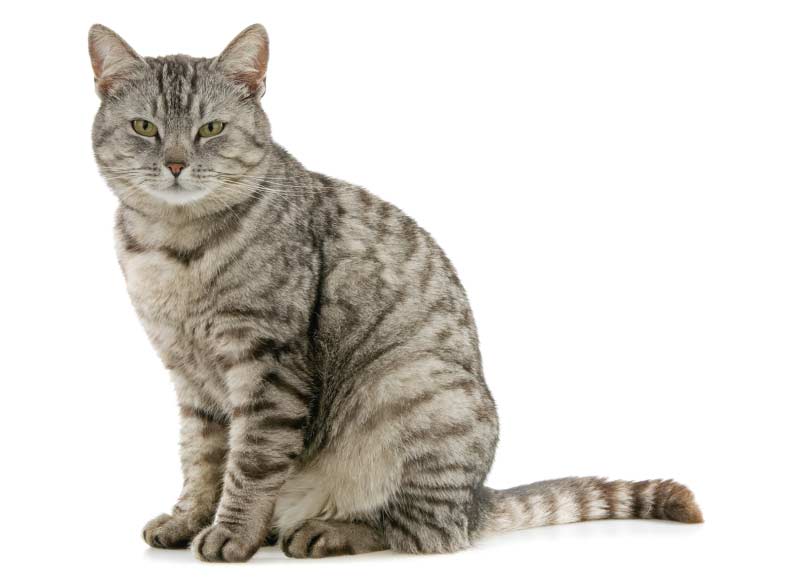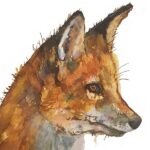
In my neighbour’s century-old stone farmhouse, there was a big grey tabby cat that sat and stared for endless hours out the window of the summer kitchen. It could well have been a ceramic figurine, because it never moved on any of the occasions I visited over the years. The cat belonged to Jim, an old-timer whose great-great-grandfather had cleared and homesteaded the farm in the 1830s. One day I remarked that the cat didn’t appear to be of much use for a farm cat. “Well,” Jim drawled, “I’m going to tell you a story about that cat.”
Now, when an old-timer steps back and shuffles into a story, it’s time to listen.
A few years back, Jim had headed out to the dairy barn after supper to finish the chores with his beloved Jack Russell. At some point on the way back to the house, the dog was attacked by a large raccoon that had wandered onto the lawn in front of the kitchen window. Soon the raccoon was getting the better of him.
“But the cat came out of nowhere – through the back woodshed screen door – jumped right on top of the ’coon’s head and gave him the business, just a-chewing and a-clawing. Now you’d think that cat couldn’t catch a can of corn… ” The raccoon ran up a nearby tree and it was over. “Funny thing, the dog and cat hate each other.” Jim just shook his head. The dog, cat and ’coon story is a fine example of animal altruism, which is a selfless act of an animal putting its well-being at risk or peril to help another species without benefit or gain for itself. It could be argued the cat was just protecting its environment, but it’s doubtful that old tabby cat would have attacked the raccoon if there hadn’t been the fracas with the dog first.
Animal altruism isn’t uncommon among wild animals and doesn’t go unnoticed by scientists. From Darwin on down, scientists have scrutinized and catalogued these types of animal behaviour.
One kind of animal altruism – mutualism, where one species is dependent on another or relies on the assistance of another – happens every day in nature. Bees need flowers, ants protect aphids from predators to get honeydew from them to feed their larvae. However, it is difficult to explain heroic altruism because animals don’t possess human cognitive capacity to process empathy or compassion.
Crows and ravens aren’t popular in the animal kingdom, yet these predatory demons will often warn other species of impending danger. I’ve personally watched scenarios that unfold like this: When it’s early daylight, before the geese are coming to the fields to feed, a flock of crows or perhaps a raven or two will silently drift in to inspect a hunter’s decoys. Once the decoys have been fully surveilled, the bird will quietly return to a nearby perch hidden in the trees. When the first flight of geese are lured in and set their wings, the ravens will emerge, swooping down over the decoys, cawing and squawking an alarm, then veer sharply at the flock, alerting them to the danger.
What precipitates this behaviour? Were the ravens actually protecting the geese? Who knows?
Although naturalists and scientists have tried to understand animal altruism for centuries, they haven’t come up with concrete answers. I believe the many anomalies and mysterious events that defy explanation should be cherished by those who witness them.
Story by:
Roger Thomas




